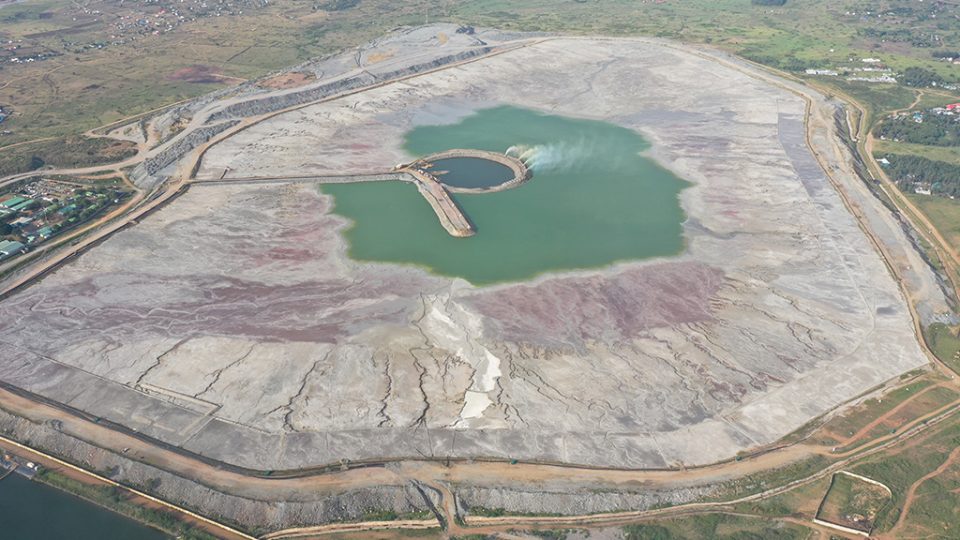Barrick’s North Mara gold mine has announced that it has achieved its commitment to bring the operation’s tailings storage facility’s (TSF) pond back within its permitted design capacity by the end of this year. Barrick made the commitment to the Tanzanian government when it took over control of the mine in September 2019, at a time when the country’s National Environment Management Council (NEMC) had closed down the TSF, then holding significantly more water than it should.
Barrick spent over $65 million on the project, increasing the water treatment plant’s capacity 16-fold from 2.5 million litres per day to 40 million litres per day. The addition of a brine treatment plant has reduced the volume of salts in the effluent water, enabling it to be stored safely. North Mara will continue to monitor the TSF’s performance and will engage regularly with the relevant authorities to ensure that its high standards are maintained. This includes the analysis of drinking water wells and surface water sources surrounding the mine.
“When we took over the old Acacia assets in Tanzania, we formed a partnership with the government to oversee these mines. The real benefits of this partnership included the swift resumption of operations at North Mara and the revitalisation of the moribund Bulyanhulu, now both valuable members of the Barrick portfolio. This latest development is further proof of our partnership philosophy’s capacity to deliver real benefits and our commitment to caring for the welfare and environment of our host communities,” Jacobs said.
The North Mara gold mine is located in north-west Tanzania in the Tarime district of the Mara region. It is around 100 km east of Lake Victoria and 20 kilometres south of the Kenyan border. North Mara started commercial production in 2002. The mine is a combined open pit and underground operation from two deposits, Gokona (underground) and Nyabirama (open pit). The process plant has the capacity to process an average of 8,000 t of ore per day.



